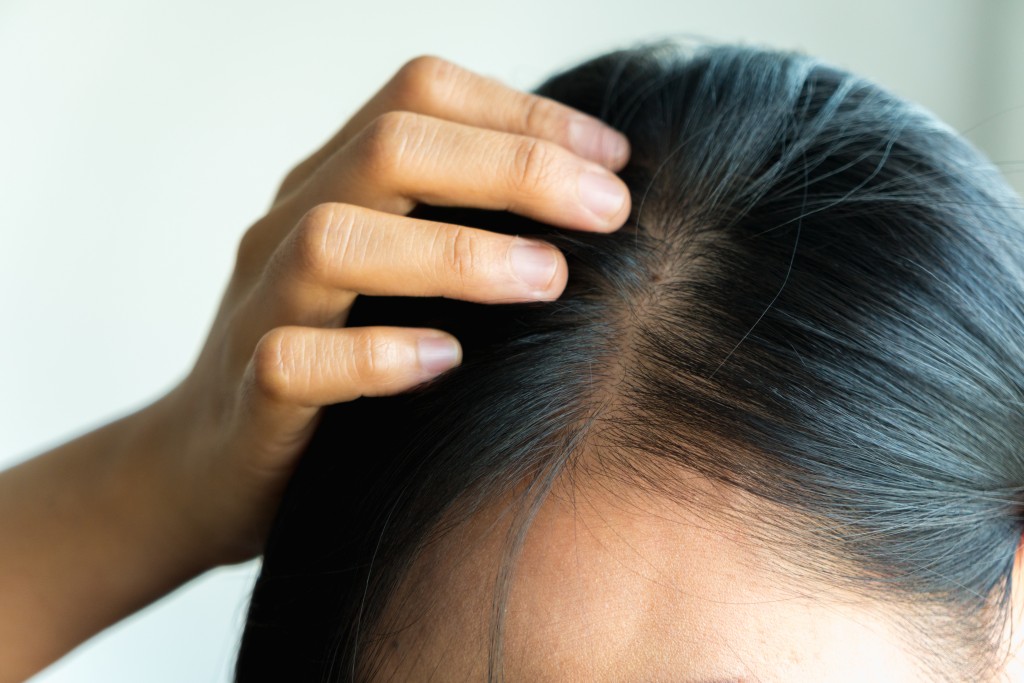Disclaimer: This website provides health information for educational purposes only and is not a substitute for professional medical advice, diagnosis, or treatment. Always seek the guidance of a qualified healthcare provider with any questions you may have.
Diet, hair treatments, and stress are causing the younger generation to lose their hair at an early age. Although most people associate balding with advancing age, a growing number of millennials in the country is already experiencing hair loss.
Experts say that hormonal changes, autoimmune diseases, and thyroid disorders are among the most common causes of hair loss in both the young and in women. Stress is another of them, and by far the most common. But how significant a factor is stress?
Stress and how it affects hair loss
Healthline says that stress affects the growth life cycle of a person’s hair. Usually, a person’s hair grows and then stops. It’s a normal process that each strand goes through until it finally falls out. Experts refer to these steps as anagen, catagen, and telogen. The last phase is the exogen phase.
The anagen phase, also known as the growth phase, lasts between two to six years. Once the growth phase is complete, the hair soon enters the catagen phase, which usually lasts for a few days. It’s when each follicle slightly diminishes in size.
Then, the telogen phase will soon follow, which keeps the hair stable. Finally, the exogen phase soon follows. It starts once the hair begins to fall out.
It’s a continuous lifecycle, which makes it healthy for a person to shed at least 50 to 100 hairs each day. However, stress can disrupt the natural hair growth process by promoting hair fall prematurely. Consequently, higher quantities of hair fall out.
Types of hair loss associated with high levels of stress
Telogen effluvium
This happens when stress pushes significant numbers of hair follicles into their resting phase. Within a few months, the affected hair follicles will soon fall out when the person combs or washes their hair.
Trichotillomania
Trichotillomania is an uncontrollable compulsion to pull out hair from their body. People who have this condition frequently try to yank out the hair on their eyebrows, scalp, and other areas of their body where the hair is abundant. It’s usually a way to deal with uncomfortable or negative feelings such as stress and loneliness.
Alopecia areata
Mayo Clinic says that various factors can cause alopecia areata to occur, and one of them is severe stress. With this type of condition, the body’s immune system launches a series of attacks on the person’s hair follicles, causing the person to experience hair loss.
Hair loss treatments for men

There are two main FDA-approved drugs that people can use to treat male pattern baldness. One is Minoxidil, and the other one is Finasteride. For both drugs, it usually takes a year to see visible results. While waiting, most people think to go to a center that specializes in scalp micropigmentation. But before doing so, you need to make sure that their technicians have the proper scalp micropigmentation training to ensure the quality of their work.
Hair transplantation is another option for treating hair loss. There are several options available for those who want to have a hair transplant. But since experts consider it a surgical procedure, you need to ensure that you’re both financially and emotionally ready to go under the knife. This process can be painful and invasive, and can put you at risk of infection and scarring.
If you have any concerns about balding, it’s best to see a dermatologist immediately. Several interventions are available to help you alleviate your hair fall.




